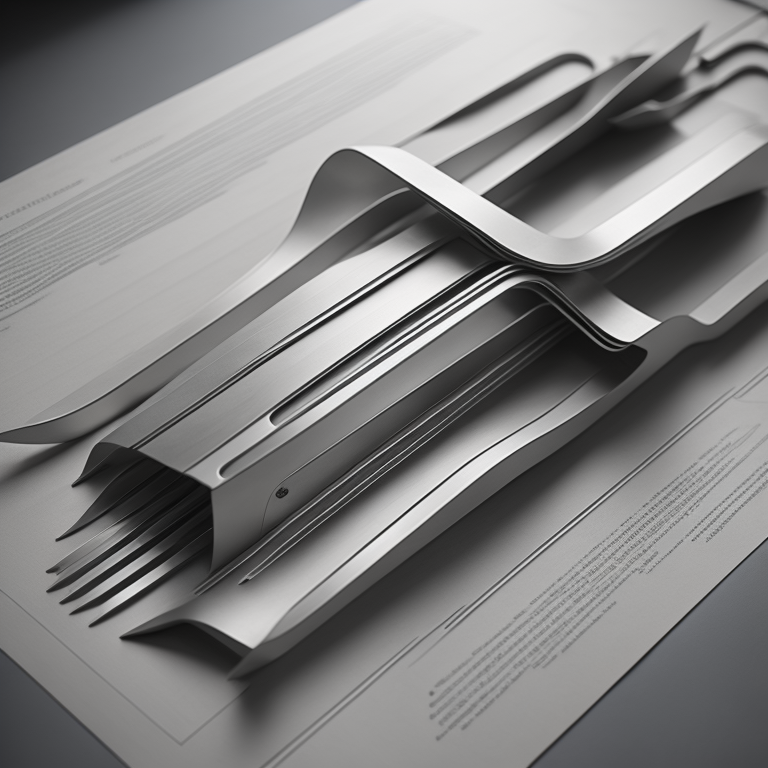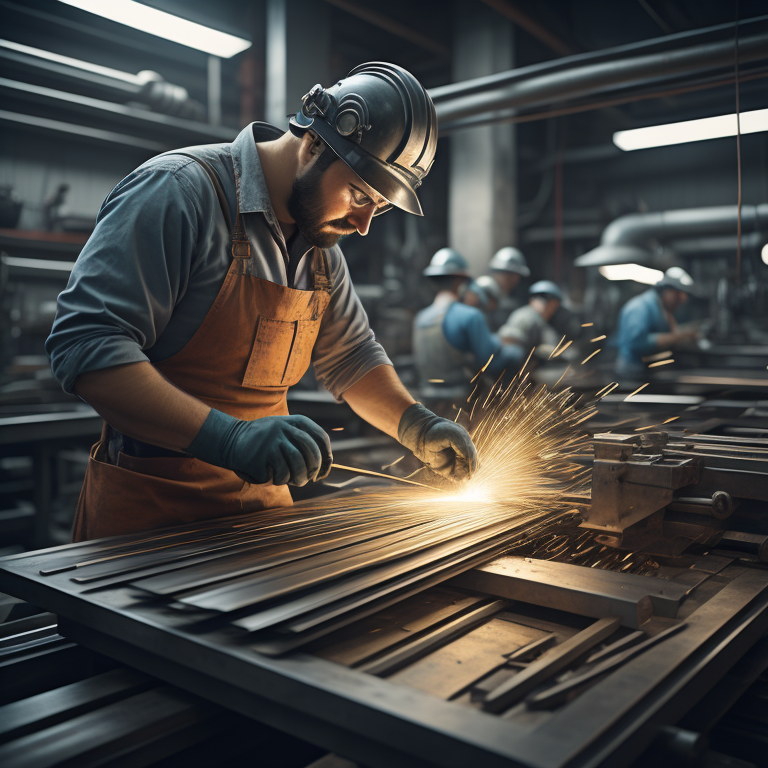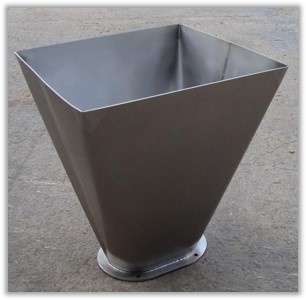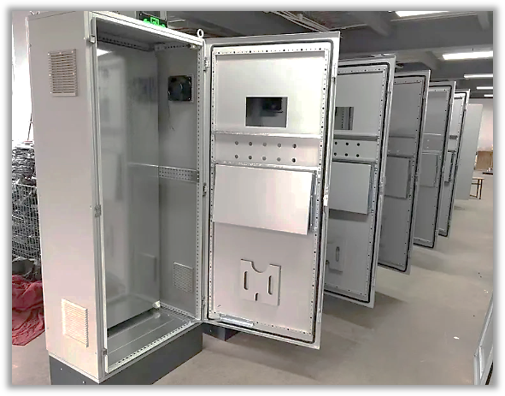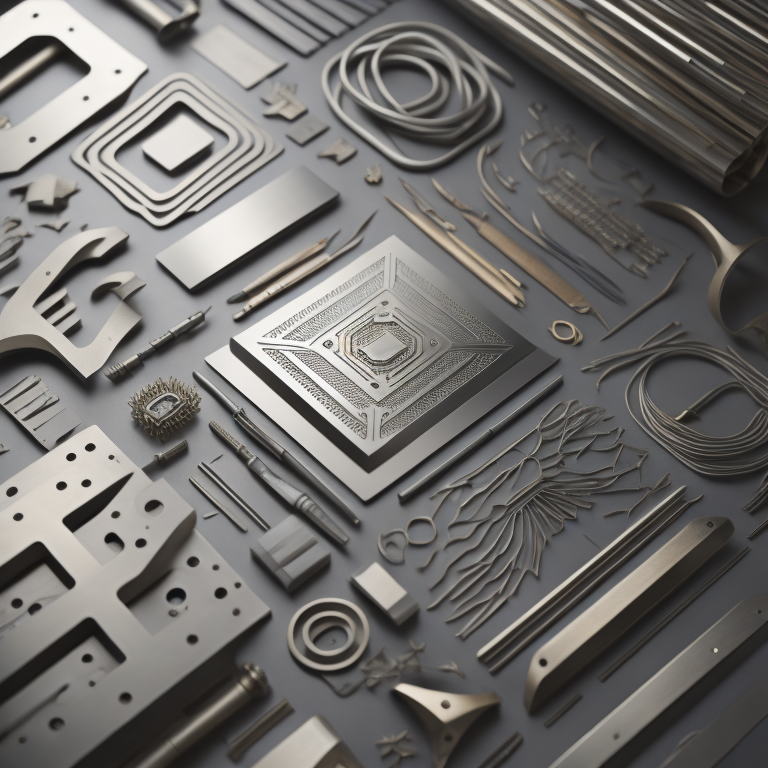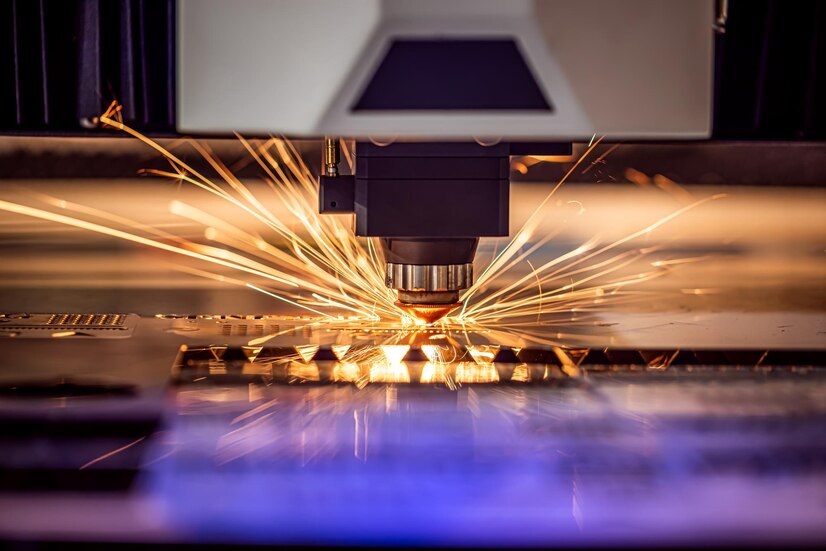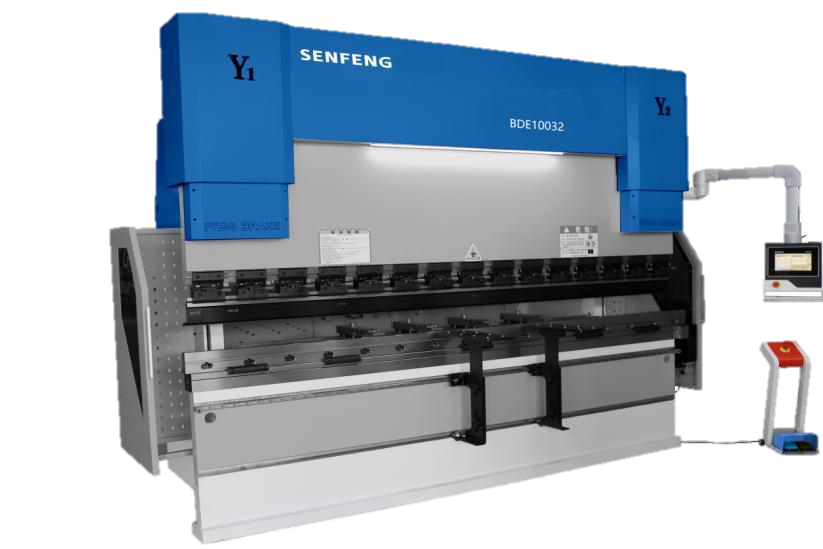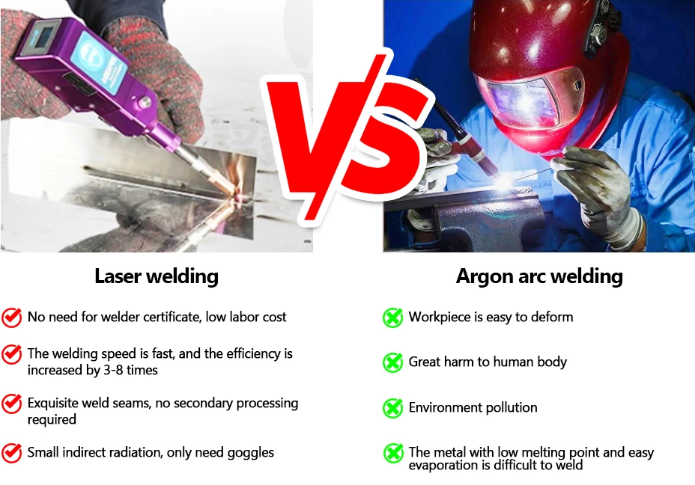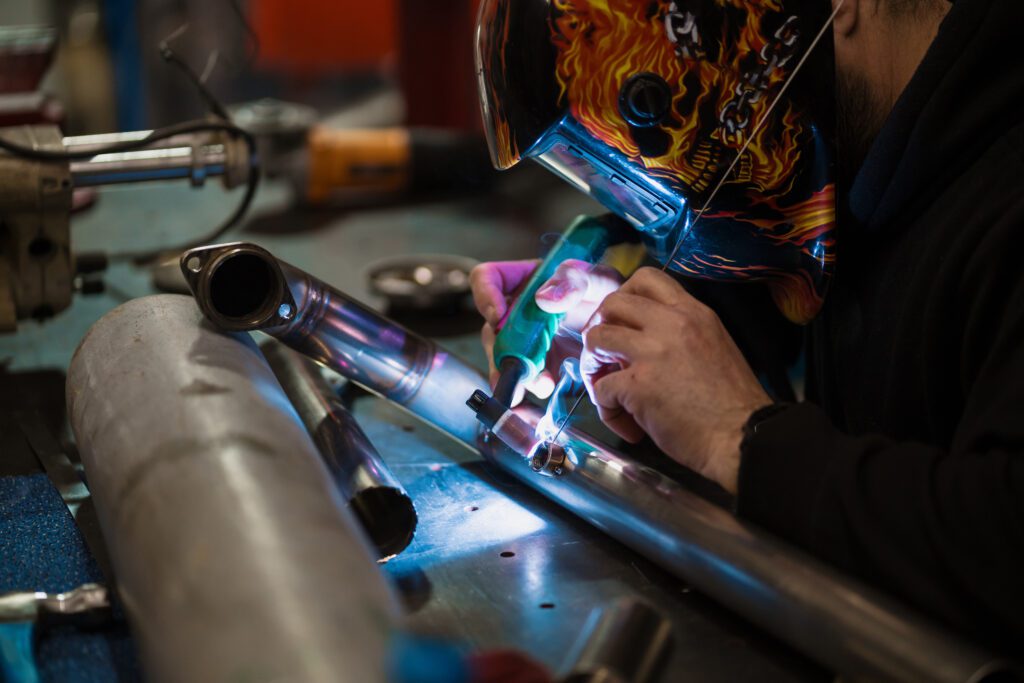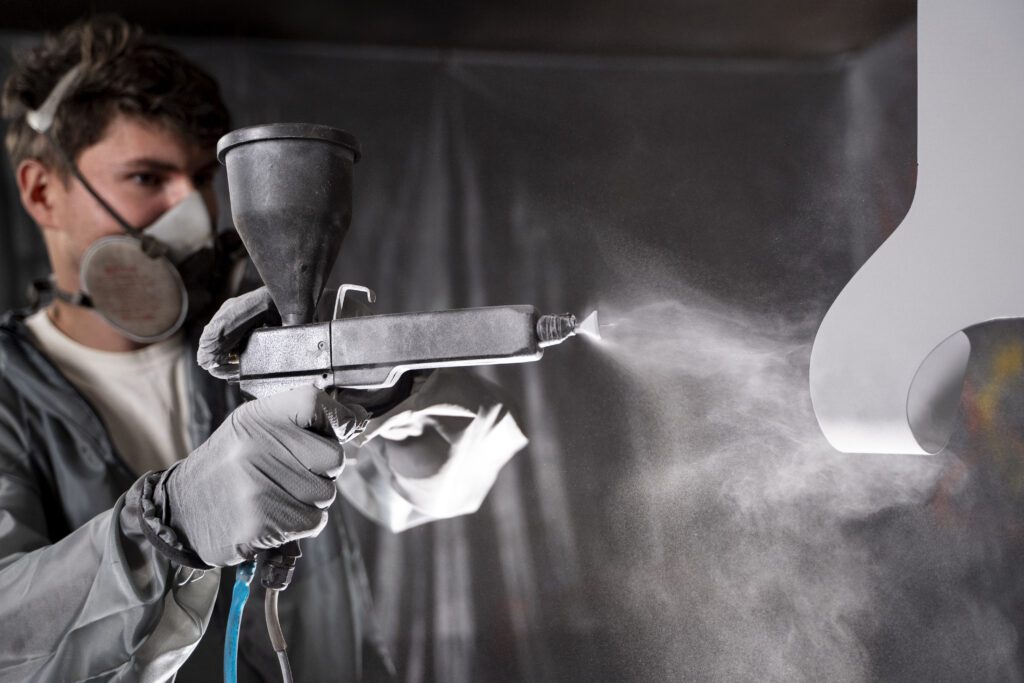What is Sheet Metal Fabrication? – Find Out From Experts
1. Introduction
Precision sheet metal fabrication is a captivating art form that combines meticulous design, cutting-edge technology, and expert craftsmanship to transform ideas into reality with unparalleled precision. This article delves into the intricacies of this process, exploring its significance, applications, and the techniques involved in bringing a design to life.
2. Intriguing the Readers – The Artistry Behind Precision Sheet Metal Fabrication
Precision sheet metal fabrication is not just about creating functional components; it is an art that requires an impeccable blend of creativity and technical expertise. It is the fusion of aesthetics with functionality that captures the attention and fascination of both industry professionals and casual observers.
3. Significance and Applications of Precision Sheet Metal Fabrication
Precision sheet metal fabrication plays a vital role in numerous industries, including automotive, aerospace, electronics, and telecommunications. Its versatility allows for the creation of complex designs that enhance the functionality and aesthetics of various products. From intricate car body panels to lightweight aircraft components, precision sheet metal fabrication has become the backbone of modern manufacturing.
5. The Significance of Meticulous Design in Sheet Metal Fabrication
Meticulous design is of utmost importance in precision sheet metal fabrication, as it establishes the foundation for the entire process. A well-thought-out design ensures that the final product not only meets functional requirements but also considers factors such as material selection, tolerance levels, and manufacturing feasibility.
6. Collaboration between Designers and Engineers
Successful precision sheet metal fabrication requires close collaboration between designers and engineers. Designers bring creativity and aesthetic sensibilities to the table, while engineers provide technical expertise and knowledge of fabrication processes. The synergy between these two disciplines ensures a seamless transition from design to reality.
7. Utilizing Computer-Aided Design (CAD) Software for Precise Blueprints
Computer-Aided Design (CAD) software has revolutionized the design phase of precision sheet metal fabrication. This advanced technology allows designers to create accurate and detailed blueprints, enabling them to visualize the final product, optimize designs, and make necessary modifications before initiating the fabrication process.
8. The Art of Material Selection
Selecting the appropriate sheet metal material is a critical step in precision sheet metal fabrication. The choice of material impacts the component’s cost, versatility, and durability.
9. Understanding Different Types of Sheet Metal Materials
A comprehensive understanding of different sheet metal materials, such as stainless steel, aluminum, and copper, is essential in precision sheet metal fabrication. Each material possesses unique properties that influence its suitability for specific applications.
10. Evaluating Material Properties and Their Impact on Fabrication
When selecting a sheet metal material, it is crucial to evaluate properties like strength, corrosion resistance, formability, and weight. These properties directly impact the fabrication process, as they determine the material’s behavior’s during cutting, bending, welding, and finishing.
11. Balancing Cost, Versatility, and Durability
Achieving a balance between cost, versatility, and durability is a key consideration in material selection. While cost-effectiveness is important, it should not compromise the overall quality or performance of the final product. Striking the right balance ensures that the fabricated component meets all requirements without exceeding budgetary constraints.
12. Precision Techniques for Cutting and Shearing
Cutting and shearing are fundamental processes in precision sheet metal fabrication, requiring advanced techniques for exceptional precision.
13. Advanced Cutting Methods – Laser Cutting Technology
Laser cutting technology has revolutionized precision sheet metal fabrication. It utilizes a high-energy laser beam to precisely cut through various sheet metal materials, providing exceptional accuracy, speed, and versatility. This technique enables the creation of intricate designs and complex shapes with minimal material waste.
14. The Role of CNC Punching in Precision Sheet Metal Fabrication
Computer Numerical Control (CNC) punching is another integral cutting technique in precision sheet metal fabrication. It uses a turret punch press controlled by a computer program to create precise holes, slots, and other features in the sheet metal. CNC punching ensures consistent results and high production efficiency.
15. Water Jet Cutting: A Versatile Solution with Exceptional Precision
Water jet cutting is a versatile cutting method in precision sheet metal fabrication. It employs a high-pressure stream of water mixed with abrasive particles to cut through various materials with remarkable accuracy and minimal heat generation. Water jet cutting is particularly effective for materials that are sensitive to high temperatures or prone to deformation.
16. Mastering the Bending Process
Bending plays a crucial role in shaping sheet metal into desired forms, requiring precision and expertise to achieve accurate bends.
17. The Importance of Precision Bending in Sheet Metal Fabrication
Precision bending is essential for achieving the desired shape, fit, and function of a sheet metal component. Accurate bends ensure that the fabricated part aligns perfectly with other components, minimizing the need for additional modifications or adjustments.
18. Exploring Press Brake Technology and Its Variations
Press brake technology is widely used in precision sheet metal fabrication for bending operations. It employs a machine equipped with a hydraulic ram to apply precise pressure, resulting in controlled bending of the sheet metal. Different press brake variations, such as mechanical, hydraulic, and servo-electric, offer varying levels of precision, speed, and flexibility.
19. Achieving Complex Bends with CNC Back gauges
CNC back gauges further enhance precision during the bending process. These automated devices work in conjunction with press brakes, allowing for the creation of complex bends with exceptional accuracy. CNC back gauges eliminate human error and ensure consistent results, even for intricate geometries.
20. Welding and Joining: Fitting the Pieces Together
Welding and joining techniques are critical for assembling various sheet metal components, ensuring structural integrity and seamless integration.
21. Different Techniques for Welding Sheet Metal
There are several techniques available for welding sheet metal, including TIG welding, MIG welding, and spot welding. Each technique offers unique advantages and is selected based on factors such as material type, joint configuration, and desired aesthetic appearance.
22. The Art of TIG Welding in Precision Fabrication
Tungsten Inert Gas (TIG) welding is commonly used in precision sheet metal fabrication due to its ability to produce high-quality welds. TIG welding ensures precise control over the welding process, resulting in strong, visually appealing, and corrosion-resistant joints.
23. Powder Coating: Ensuring Durability and Visual Appeal
Powder coating is a popular finishing technique in precision sheet metal fabrication. It involves applying a dry powder to the metal surface, which is then cured under heat to form a durable and visually appealing coating. Powder coating offers excellent corrosion resistance, impact resistance, and versatility in colour choices.
24. Anodizing and Plating for Corrosion Resistance and Customization
Anodizing and plating processes provide both corrosion resistance and customization options for precision sheet metal components. Anodizing creates a protective oxide layer on the metal surface, enhancing its durability and resistance to environmental elements. Plating, on the other hand, involves depositing a thin layer of metal onto the substrate, providing aesthetic appeal and improved corrosion resistance.
25. Quality Control: Ensuring Perfection
Maintaining stringent quality control measures throughout the fabrication process is crucial to ensuring the final product meets the highest standards of precision and reliability.
Implementing Stringent Quality Control Measures
Precision sheet metal fabrication demands rigorous quality control measures at every stage of production. These measures include thorough inspections, sample testing, and adherence to established standards and specifications to prevent deviations and ensure consistency in the final product.
Summary
Precision sheet metal fabrication is a captivating journey that transforms designs into reality, harnessing the potential of advanced techniques, collaborative efforts, and cutting-edge technologies. From meticulous design and material selection to precise cutting, bending, welding, and finishing, every step requires expert craftsmanship and attention to detail. The applications of precision sheet metal fabrication span across industries, shaping the future of automotive
